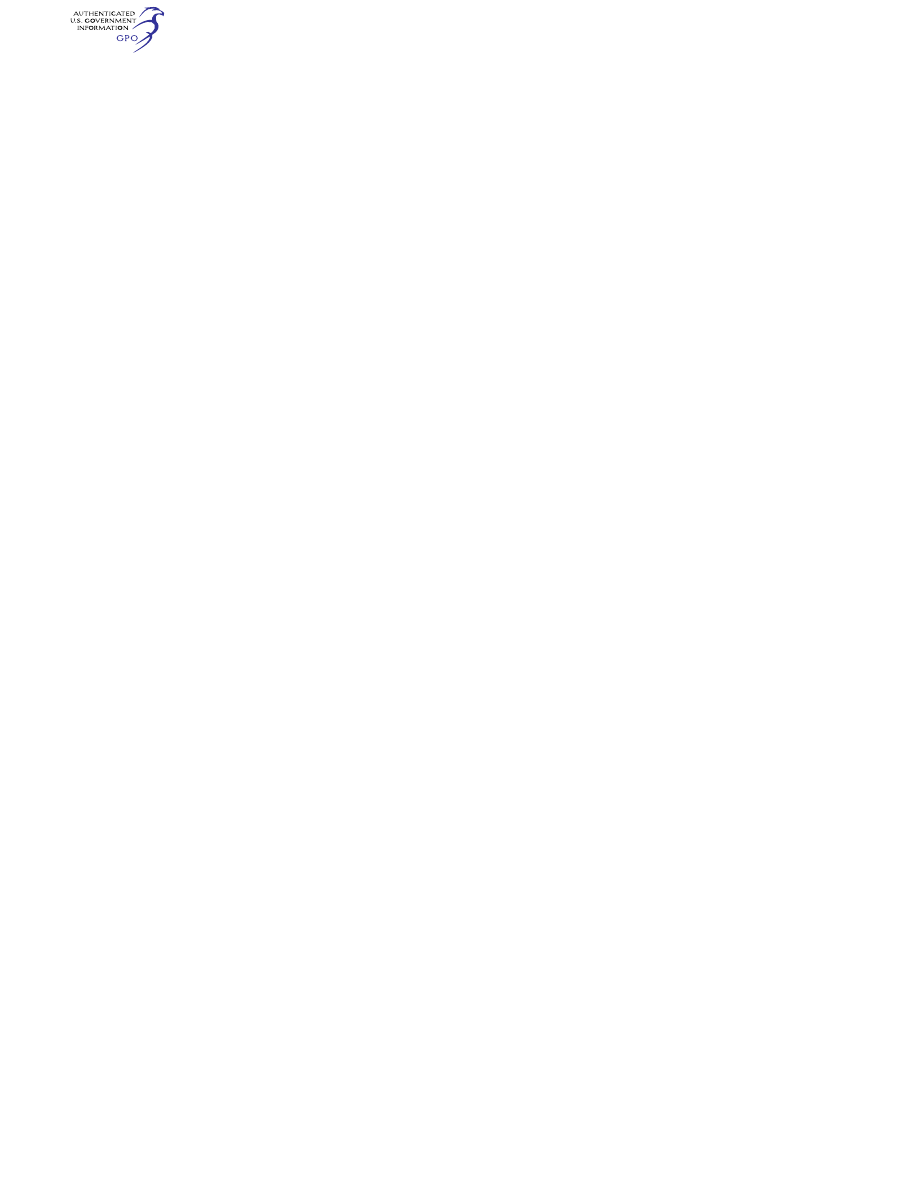
505
Federal Aviation Administration, DOT
§ 27.521
(2) The resultant ground loads must
equal the vertical load specified in
paragraph (b) of this section.
(d)
Sideloads in the level landing atti-
tude. In the level attitude,and with the
rotorcraft contacting the ground along
the bottom of both skids, the following
apply:
(1) The vertical ground reaction must
be—
(i) Equal to the vertical loads ob-
tained in the condition specified in
paragraph (b) of this section; and
(ii) Divided equally among the skids.
(2) The vertical ground reactions
must be combined with a horizontal
sideload of 25 percent of their value.
(3) The total sideload must be applied
equally between the skids and along
the length of the skids.
(4) The unbalanced moments are as-
sumed to be resisted by angular iner-
tia.
(5) The skid gear must be inves-
tigated for—
(i) Inward acting sideloads; and
(ii) Outward acting sideloads.
(e)
One-skid landing loads in the level
attitude. In the level attitude, and with
the rotorcraft contacting the ground
along the bottom of one skid only, the
following apply:
(1) The vertical load on the ground
contact side must be the same as that
obtained on that side in the condition
specified in paragraph (b) of this sec-
tion.
(2) The unbalanced moments are as-
sumed to be resisted by angular iner-
tia.
(f)
Special conditions. In addition to
the conditions specified in paragraphs
(b) and (c) of this section, the rotor-
craft must be designed for the fol-
lowing ground reactions:
(1) A ground reaction load acting up
and aft at an angle of 45 degrees to the
longitudinal axis of the rotorcraft.
This load must be—
(i) Equal to 1.33 times the maximum
weight;
(ii) Distributed symmetrically among
the skids;
(iii) Concentrated at the forward end
of the straight part of the skid tube;
and
(iv) Applied only to the forward end
of the skid tube and its attachment to
the rotorcraft.
(2) With the rotorcraft in the level
landing attitude, a vertical ground re-
action load equal to one-half of the
vertical load determined under para-
graph (b) of this section. This load
must be—
(i) Applied only to the skid tube and
its attachment to the rotorcraft; and
(ii) Distributed equally over 33.3 per-
cent of the length between the skid
tube attachments and centrally located
midway between the skid tube attach-
ments.
[Doc. No. 5074, 29 FR 15695, Nov. 24, 1964, as
amended by Amdt. 27–2, 33 FR 963, Jan. 26,
1968; Amdt. 27–26, 55 FR 8000, Mar. 6, 1990]
§ 27.505
Ski landing conditions.
If certification for ski operation is
requested, the rotorcraft, with skis,
must be designed to withstand the fol-
lowing loading conditions (where
P is
the maximum static weight on each ski
with the rotorcraft at design maximum
weight, and
n is the limit load factor
determined under § 27.473(b).
(a) Up-load conditions in which—
(1) A vertical load of
Pn and a hori-
zontal load of
Pn/4 are simultaneously
applied at the pedestal bearings; and
(2) A vertical load of 1.33
P is applied
at the pedestal bearings.
(b) A side-load condition in which a
side load of 0.35
Pn is applied at the
pedestal bearings in a horizontal plane
perpendicular to the centerline of the
rotorcraft.
(c) A torque-load condition in which
a torque load of 1.33
P (in foot pounds)
is applied to the ski about the vertical
axis through the centerline of the ped-
estal bearings.
W
ATER
L
OADS
§ 27.521
Float landing conditions.
If certification for float operation is
requested, the rotorcraft, with floats,
must be designed to withstand the fol-
lowing loading conditions (where the
limit load factor is determined under
§ 27.473(b) or assumed to be equal to
that determined for wheel landing
gear):
(a) Up-load conditions in which—
(1) A load is applied so that, with the
rotorcraft in the static level attitude,
the resultant water reaction passes
VerDate Sep<11>2014
09:06 Jun 28, 2024
Jkt 262046
PO 00000
Frm 00515
Fmt 8010
Sfmt 8010
Y:\SGML\262046.XXX
262046
jspears on DSK121TN23PROD with CFR